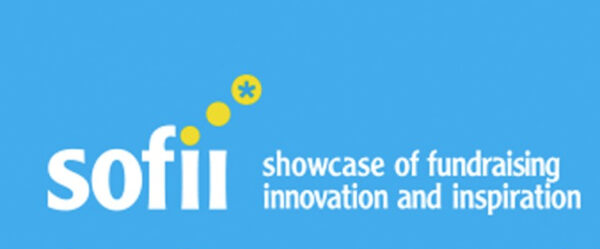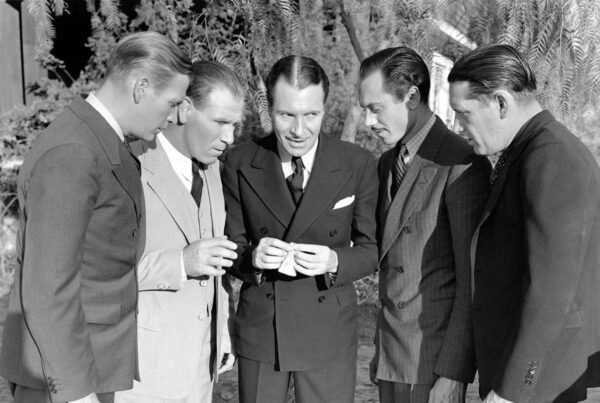When a nonprofit is first founded, its fundraising letters / emails / personal asks tend to have high response rates and high average gifts.
But in my experience, the response rates and average gifts tend to go down as the organization grows.
Here’s my theory to explain this…
The recipe for fundraising right after an organization is founded is remarkably simple and goes like this:
- The founder talks about whatever “the situation” is that caused him/her to start the organization
- They describe what needs to be done to help, and how it will help
- They ask the donor to give a gift to fund what needs to be done
Works like crazy.
But as a nonprofit ages and expands, it develops its own programs, approach, and expertise. It develops an organizational ego.
In a nutshell, this results in fundraising that talks more about the organization itself than it used to. The recipe changes to:
- They talk about the work they are already doing
- They describe how they do that work
- They ask the donor to give a gift to fund their ongoing work
This fundraising recipe does not raise as much money. It lowers donors’ awareness about whatever “need” the organization exists to serve because “the situation” is rarely mentioned. And it lowers response rates and average gifts because the fundraising is mainly focused on work that has already been completed – most of the compelling reason to give a gift today has disappeared.
I don’t enjoy this truth, but it’s still true: fundraising to individual donors that talks about “powerful work that’s already done” will cause less money to come in than talking about “powerful work that needs to be done now that the donor can help make happen.”
Organizations that stick to the original recipe will grow faster.
Individual donors tend to give because there’s work that needs to be done. Not because the organization is already doing the work.









